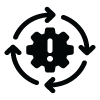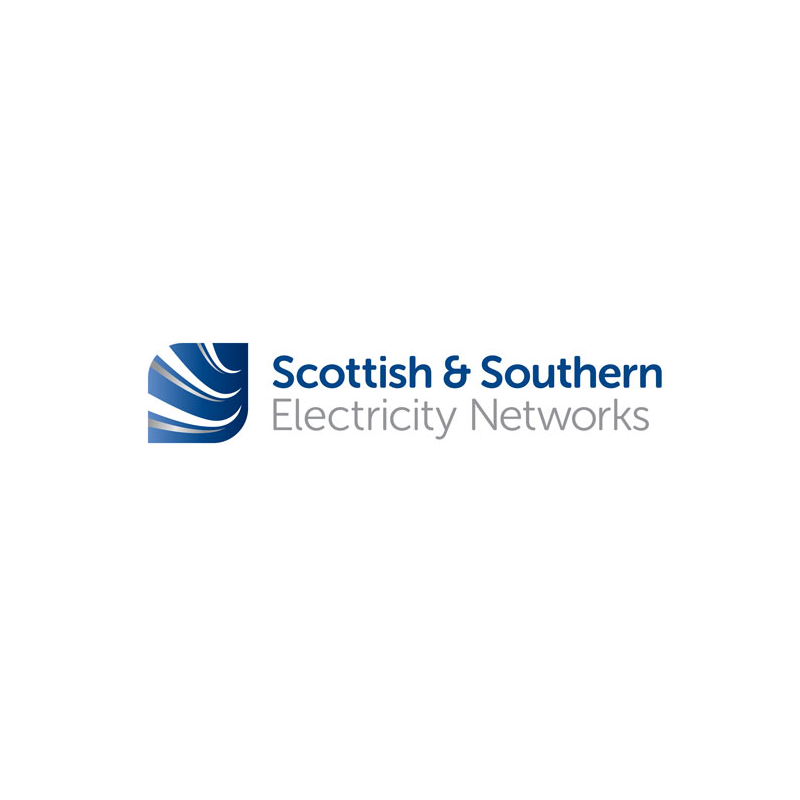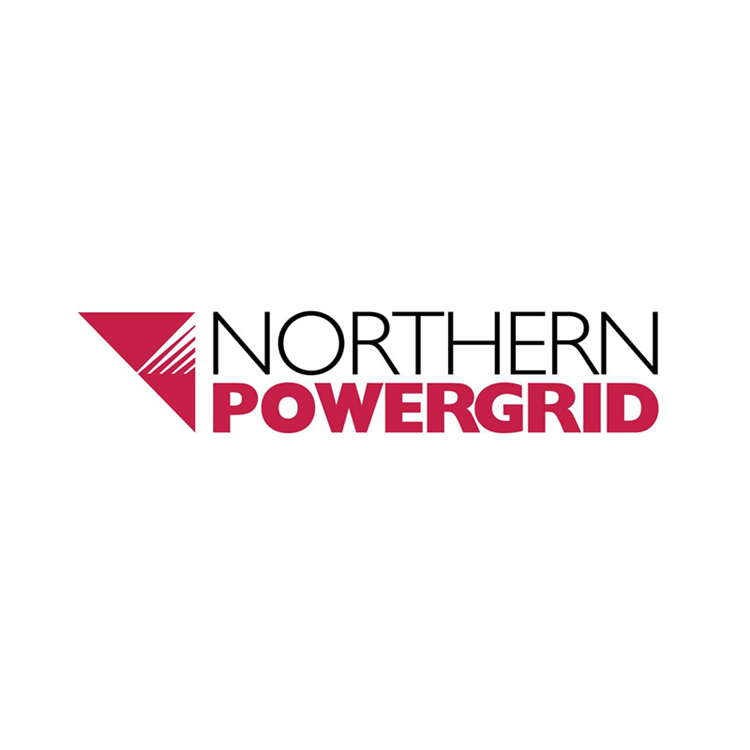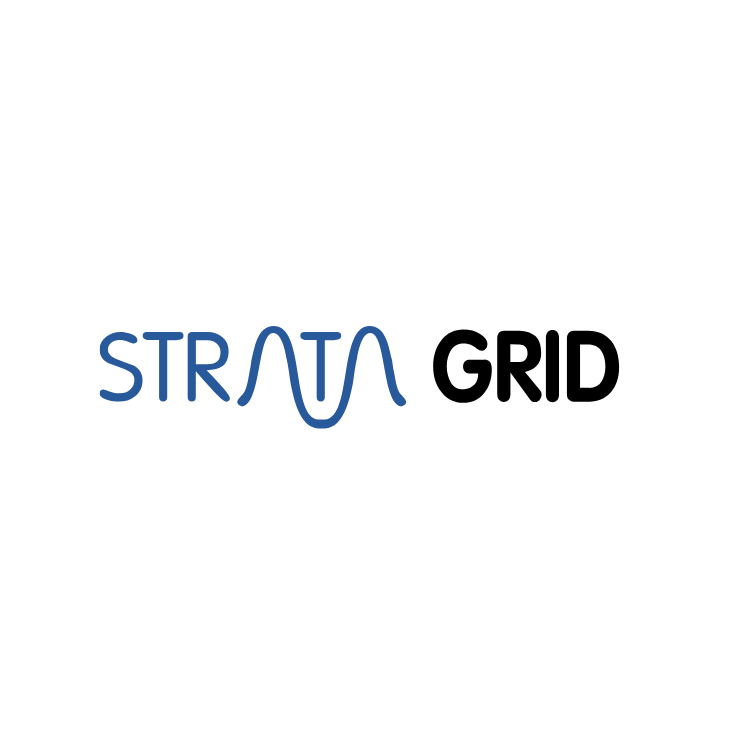Microgrid Solution for Grid Resilience and DER Management

Problem
Microgrids vary in size, energy technology mix and purpose. Many microgrids operate grid-connected when possible, transitioning to island mode operation when grid or local circumstances dictate. Preparing for island operation requires precise scheduling of the use of energy resources ahead of the event.
The transition between grid-connected and island operations is technically complex and challenging. Operating variable output clean energy assets in island mode also presents challenges including frequency control, thermal and voltage limits and critical load management.
Microgrids are increasingly designed with sophisticated new energy technologies, including the hybridization of renewable production and battery energy storage. These compare favorably to diesel generation (once the mainstay of microgrids, off-grid and critical power applications) but require maximization of market revenues or behind-the-meter tariff management benefits when grid-connected to monetize the full value of the assets.
All of the above requires sophisticated DER management software solutions to integrate the microgrid energy assets and on-site electrical and control equipment to the grid and markets.

Solution
Our Strata Grid and microgrid solution product is able to manage all types of DER (from solar PV and battery energy storage to flexible loads and conventional backup power sources). This means scheduling batteries and select loads to absorb as much renewable energy when it is available, so that they are ready in the event of an island disconnection – this is both an economic and a security scheduling objective.
Strata Grid manages the island disconnection and resyncing through integration with protection and control equipment. Network constraints associated with the limited interconnection capacity of many microgrids to the local grid are also a native part of our solution, and this continues in island mode.
In all operating modes, Strata Grid continues to schedule DER to maximize cost savings from tariffs, demand charges and retail energy prices while also maximizing services provided to the grid operator and markets. This makes our solution a high value-adding component of microgrid deployments, and we are delighted to work with leading microgrid implementation consortia to bring this additional value to reality.
Want to learn more?
Book a custom demonstration with our Smarter Grid Solutions Division team.



